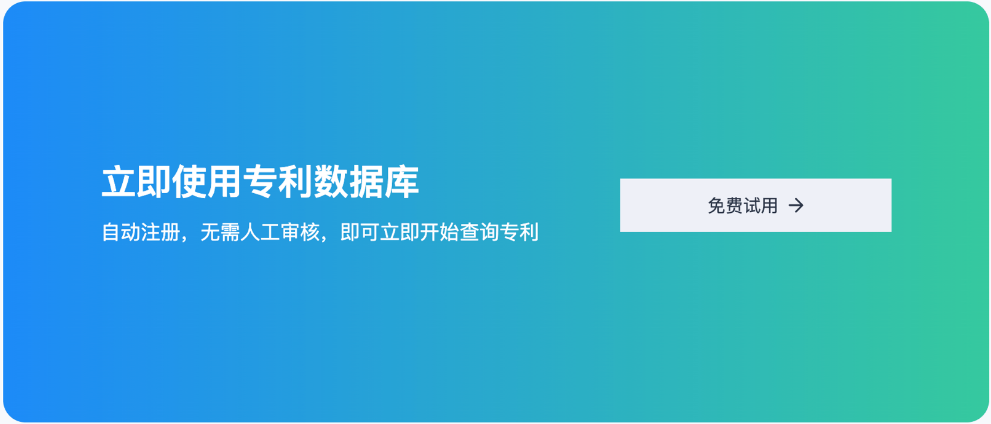A Review of Lithium-ion Batteries
Lithium-ion batteries have become increasingly popular due to their high energy density, long cycle life, and low self-discharge rate. The technology has revolutionized the rechargeable battery market and has become the preferred choice for portable electronic devices, electric vehicles, and energy storage systems. In this review, we will discuss the key features of lithium-ion batteries, including their chemical composition, working principle, and applications.
Chemical Composition
Lithium-ion batteries are a type of rechargeable battery that uses lithium ions as the primary battery electrolyte. The cathode and anode of a lithium-ion battery consist of metal oxide and carbon material, respectively. The electrolyte typically consists of lithium salt dissolved in an organic solvent, which facilitates the movement of lithium ions between the anode and cathode during charge and discharge.
Working Principle
The working principle of a lithium-ion battery is based on the movement of lithium ions between the anode and cathode during charge and discharge. During charging, lithium ions move from the cathode to the anode, while during discharging, they move from the anode to the cathode. This movement of lithium ions results in the flow of electrons through the external circuit, creating an electrical current. The overall reaction can be represented by the following equation:
Cathode: LiCoO2 + xLi+ + xe- → Li1-xCoO2
Anode: LiC6 → xLi+ + xe- + C6
Applications
Lithium-ion batteries are widely used in various applications, including portable electronic devices such as laptops, smartphones, and tablets. They are also used in electric vehicles, providing a clean and efficient source of power. In addition, lithium-ion batteries are increasingly being used in energy storage systems, such as those used in solar and wind power generation, to store excess energy for use during peak demand.
Conclusion
In conclusion, lithium-ion batteries have become the preferred choice for portable electronic devices, electric vehicles, and energy storage systems due to their high energy density, long cycle life, and low self-discharge rate. The chemical composition, working principle, and applications of lithium-ion batteries have been discussed in this review. Further research in this field can lead to the development of more efficient and sustainable battery technologies.
锂离子电池:未来能源之路的重要组成
锂离子电池(Li-ion)由锂离子通过电解质在正极和负极之间的迁移与嵌入/脱出实现电荷和放电,已成为最广泛使用的可充电电池。锂离子电池具有高能量密度、较高的电压和可逆充电等优势,被广泛应用于电动车、移动设备、储能系统等领域。本文将对锂离子电池的组成、性能特点和应用前景进行综述。
一、组成
锂离子电池主要包括正极材料、负极材料、电解质和隔膜等组成部分。正极材料通常为富锂化合物或金属氧化物,如LiCoO2、LiFePO4、LiNiCoAlO2等;负极材料通常为石墨或碳材料;电解质采用有机溶剂或高分子材料,如丙烯腈、碳酸二乙酯等;隔膜则是隔离正负极和电解质的物质,通常采用聚丙烯或聚烯烃等高分子材料。
二、性能特点
锂离子电池具有高能量密度、长循环寿命、较高的电压和安全性高等优点,但也存在容量减退、温度敏感和热失控等缺点。可以通过优化材料设计、电解质选择和电芯结构等途径来提升锂离子电池的性能。
三、应用前景
随着全球能源需求的不断增加和清洁能源的发展,锂离子电池作为一种可再生、高效、环保的能源储存设备,已成为未来能源之路重要组成部分。锂离子电池已广泛应用于电动车、智能手机、笔记本电脑和家用电器等移动设备和储能系统,未来的应用领域将会更广泛。
综上所述,锂离子电池在能源领域具有重要的应用价值和市场前景,可持续发展的优良特性将使其成为未来能源之路上的重要支撑。










